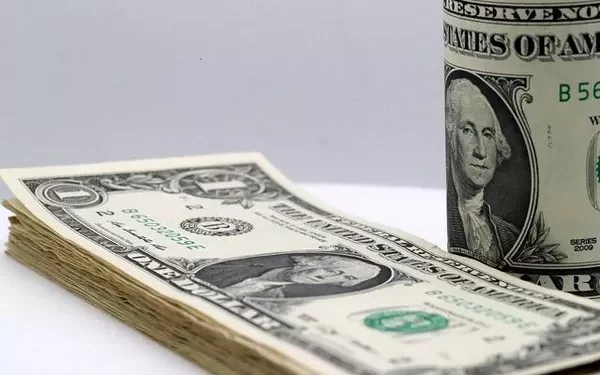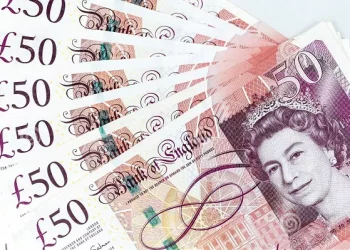Norges Bank, Norway’s central bank, is approaching its first interest rate cut in five years, but maintaining price stability will require a higher cost of borrowing compared to the previous decade, Governor Ida Wolden Bache said on Thursday.
Unlike many Western central banks that began easing monetary policy last year, Norges Bank has held its benchmark rate at a 17-year high of 4.50%, indicating a potential cut in March 2025.
“We are approaching the time when we can ease monetary policy a little, but a restrictive stance is still needed,” Bache stated in an annual address. “And we must be prepared for a higher interest rate level than we had been accustomed to over the past decade.” Norges Bank’s last rate cut was in May 2020, followed by 14 consecutive rate hikes of a quarter percentage point each.
In December, the central bank projected three rate cuts to 3.75% by the end of 2025. This forecast is scheduled for an update next month, coinciding with the March 27 policy announcement. However, Norway’s core inflation rate unexpectedly rose to 2.8% in January, exceeding the central bank’s 2.0% target, which economists say limits the room for rate cuts.
Governor Bache also cautioned that increasing global protectionism, including tariffs imposed by U.S. President Donald Trump, could negatively impact Norway’s economy. “A full-out trade war where all countries raise tariffs in unison could act as a global cost shock and lead to lower economic activity and higher inflation,” she said. The ultimate impact on Norwegian inflation and interest rates remains uncertain.
In a separate announcement, Bache suggested that policymakers in Norway should consider revising the ethical guidelines of the country’s $1.8 trillion wealth fund to allow investments in major weapons manufacturers.
Related Topics:



























